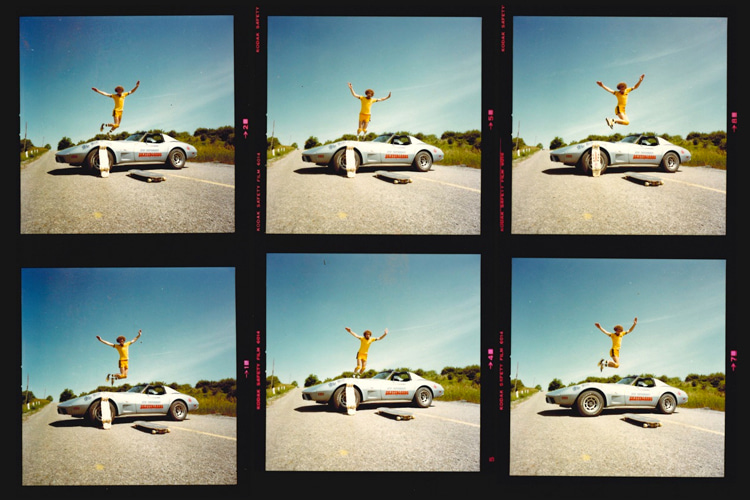If you weren't skateboarding in Canada in the mid-to-late 1970s, you might not have heard of Wee Willi Winkels.
However, his innovations and inventions have had a remarkable impact on skateboarding and many other industries.
Winkels was born in 1956 and moved to Canada with his family from Germany before he even celebrated his birthday.
Like many people, Willi Winkels - yes, that is his real name - began skateboarding in the 1960s on clay composite wheels.
Willi was also an enthusiastic skier who would later gain legendary status in the sport.
He enjoyed skateboarding, but it was only when he experienced urethane wheels in the 1970s that he got really interested.
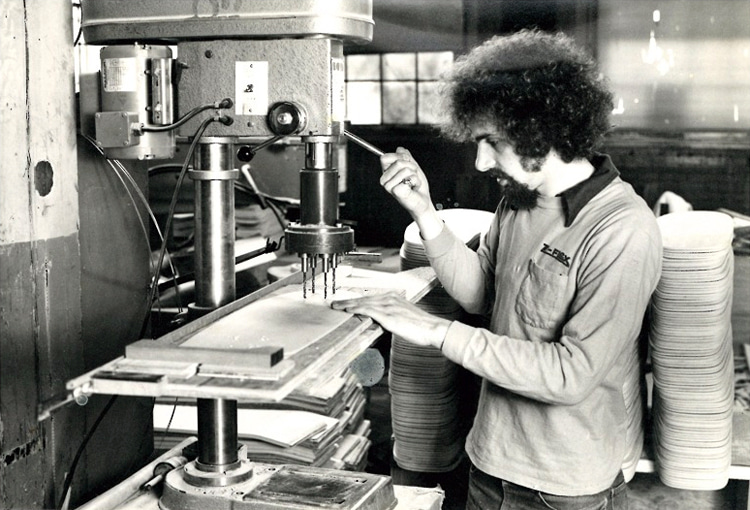
Winkels, The Entrepreneur
Willi tried these new wheels when he visited Whistler, British Columbia.
He was so impressed with the ride that he asked a friend who was vacationing in Florida to pick up a complete skateboard for him.
However, the boards were so expensive that his friend only brought back a set of wheels and trucks.
At that moment, Willi decided to make his own board.
His father owned and operated a door manufacturing company and had the necessary equipment and supplies to create a deck.
As the 1970s skateboard boom progressed, Willi got more involved in skateboarding. He started entering contests and winning in freestyle and slalom competitions.
Willi also got more involved with manufacturing skateboards and started to devote less time to making doors.
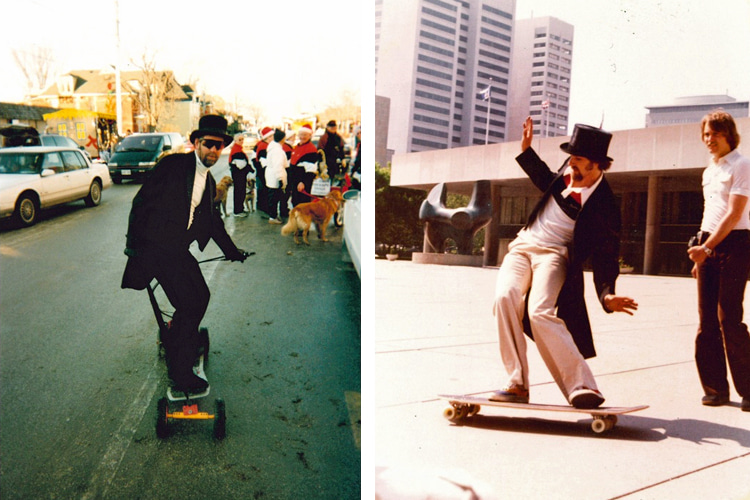
The Wedge Tail
His first boards were like every other manufacturer's - solid wood.
But unlike other solid wood boards, which had a wedge of wood glued on for a kicktail, Willi utilized a unique process.
He cut out both the nose and tail and joined pieces of wood together to create what was called a "wedge tail."
The board had a more professional look than other skateboards.
But this process was time-consuming, so he asked his father for advice on how to save time. He suggested Willi use a wood laminate.
The year was 1976, and no other manufacturer was using maple laminates to make skateboards.
A buzz about Wee Willi Winkels skateboards was starting to build, and Collegiate Sports in Toronto took an order for 200 boards.
Willi's father went on a business trip, and before he left, he wondered if he would be able to sell all 200 boards.
In two days, all the boards were gone.
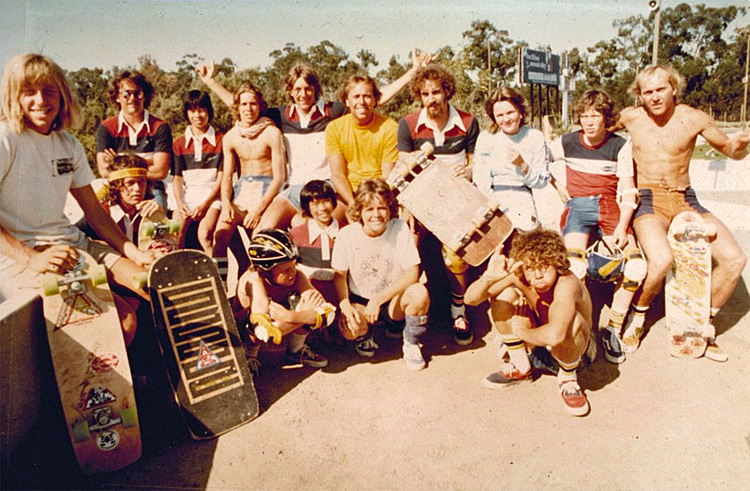
A True Innovator
It's important to note just how different Wee Willi Winkels' boards were.
Most skateboards in the mid-1970s were simply shaped from a wooden plank or used a wood and fiberglass laminated combination.
Well-known wooden board marketers included Logan Earth Ski, Makaha, Gordon & Smith (the Stacy Peralta Warptail model), and Maharajah.
Just for the record, Santa Cruz's "5 Ply" and the Gordon & Smith-distributed, Tracker-developed "Rockit" skateboards didn't come out until 1977.
In order to promote his boards, the Wee Willi Winkels Skateboard Team was formed. They would do demos at special events.
Besides freestyle and high jumping, Willi would demo his motorized skateboard. Willi had one model with a chain drive that hit over 60 miles per hour at an airport runway.
In 1976, Lonnie Toft, a pro skater for the Sims Team, visited Toronto to perform at the Sportsmen's Show.
Willi showed Lonnie his laminated plywood boards, and Lonnie showed Willi a template he had designed for a new, wider skateboard shape.
Willi immediately cut out the design in his shop.
At the time, Willi probably could not have imagined the enormous consequences that Lonnie's visit would have on his life.
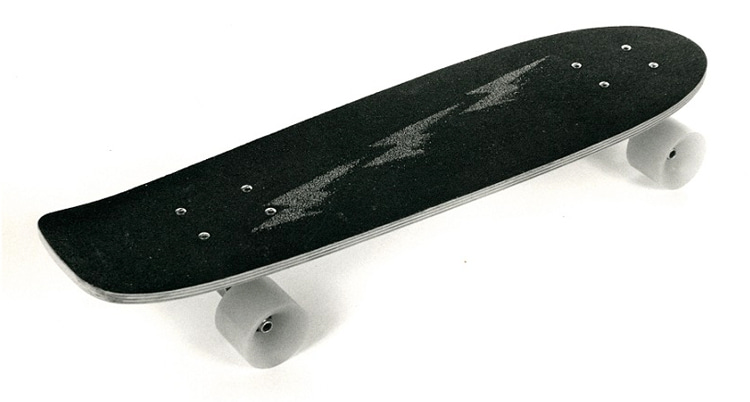
The Winning Skateboard
Lonnie took this Wee Willi Winkels/Toft Design skateboard back to the Sims manufacturing shop and silk-screened a Sims logo on it.
A week later, he entered a contest and won first place. Everyone noticed this "new" Sims deck and wondered where it had come from.
The wider, fuller shape was radically different from most of the needle-nose, skinnier boards of the time.
The next day, the Sims company was overwhelmed with phone calls - people were trying to find out about Lonnie's new deck.
Tom Sims quickly found out what Lonnie had done, then went to the phone and called Willi, and it was quite funny.
"Tom Sims phoned during dinner time. He asked me if I could make thousands of the boards I had just made for Lonnie. I told him that it was my dinner time and I would get back to him."
"Not less than five minutes later, Tom called back: 'Screw your dinner,' he said. 'I'm taking a plane up there to see you tomorrow.'"
Things kicked into high gear after Willi showed Tom Sims his factory in Brampton, Ontario.
Willi began making boards for Sims, and soon, other manufacturers began placing orders with him.
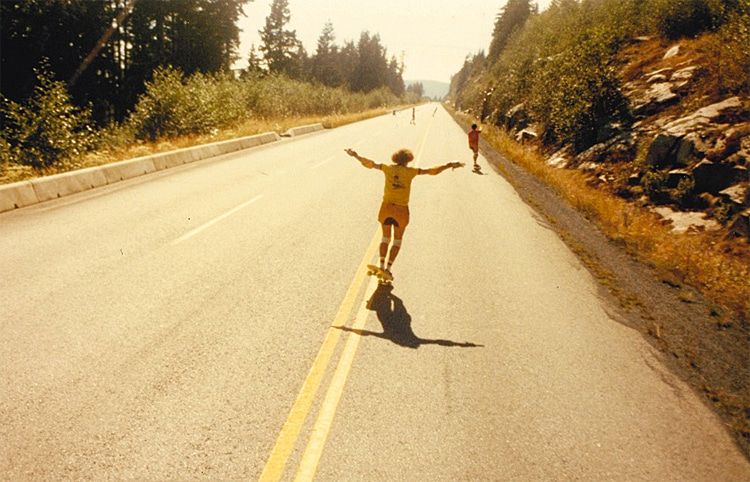
Eight-Wheeled Skateboards and Portable Half-Pipes
Although the factory was making plywood boards, Willi was constantly trying to stretch the boundaries.
He began experimenting with carbon graphite boards (super light) and producing Lonnie's original idea - the eight-wheeled skateboard.
In an interview with SkateBoarder in April of 1979, Lonnie explained that the evolution of the eight-wheeled skateboard began with his brother, Dan.
In 1973, Lonnie cut out an eight-wheeled deck in his garage.
He then went out to a swap meet and picked up some rollerskates and clay wheels.
By 1975, he was riding the "Outrageous" eight wheelers on vert.
Willi also picked up on the eight-wheelers and would demo them every chance he could.
Although Willi was involved with skateboard promotion and production, he also worked on developing skateboard ramps - including pioneering work on the half-pipe.
"I saw Jay Adams and Tony Alva skating back and forth between two quarter pipes, and it occurred to me that these two pipes could be joined together to make a much smoother transition," he explained.
In 1977, Willi created a half-pipe from wood and then went on to build a mobile half-pipe that was pulled by a truck.
And unlike most ramps of the 1970s, Willi's were modular - they were easy to assemble and take down.
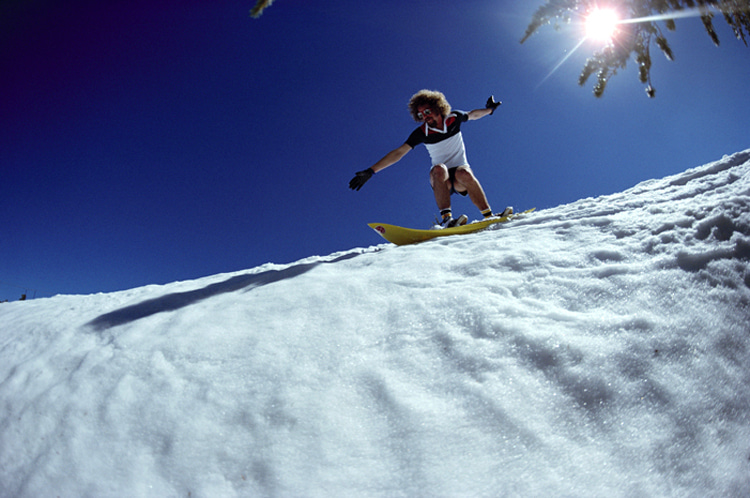
The Skiboard and the Snowboard
Willi's association with Lonnie Toft didn't stop with the skateboard - the two were also pioneers in the sport of snowboarding.
Willi modified a product called the "Flying Yellow Banana," which at the time was a plastic, shaped board that could glide on snow.
The idea was to strap your complete skateboard down to the board and go. But unfortunately, the design didn't work well.
Willi came up with a better idea.
He attached only the deck to the "Flying Yellow Banana" and added plastic hooks for the riders' feet.
In 1978, he took the product, dubbed the "skiboard," to Blue Mountain ski hill in Collingwood, Ontario.
Needless to say, the sight of Willi bombing down hills facing sideways blew many people away.
Soon after his expedition to Blue Mountain, Lonnie Toft and Tom Sims hooked up with Willi at Mammoth Mountain in California.
It was the start of Sims/Winkels' involvement with what was known later as "snowboarding."
Willi got out of manufacturing when the second skate bust hit, i.e., in the early 1980s.
However, in the mid-1980s, Willi received a call from someone who asked if he could make skateboards.
Willi told him what it would cost, and the gentleman produced a cheque the next day.
Production began almost immediately, and Willi was back in the skateboard business again, making boards for several well-known firms.
After all that Willi has contributed to the sport of skateboarding, it is ironic that in 1997, Blue Mountain ski/snowboard resort named a run after him.
Later, he was involved with a new prototype ramp that enabled skaters to achieve huge airs.
Wee passed away on March 18, 2014, after fighting a long battle against cancer.
The Town of Blue Mountains proclaimed the first Saturday of March as the annual Wee Willi Winkels' Day.
Words by Michael Brooke | Skateboarder and Author of "The Concrete Wave: The History of Skateboarding"
